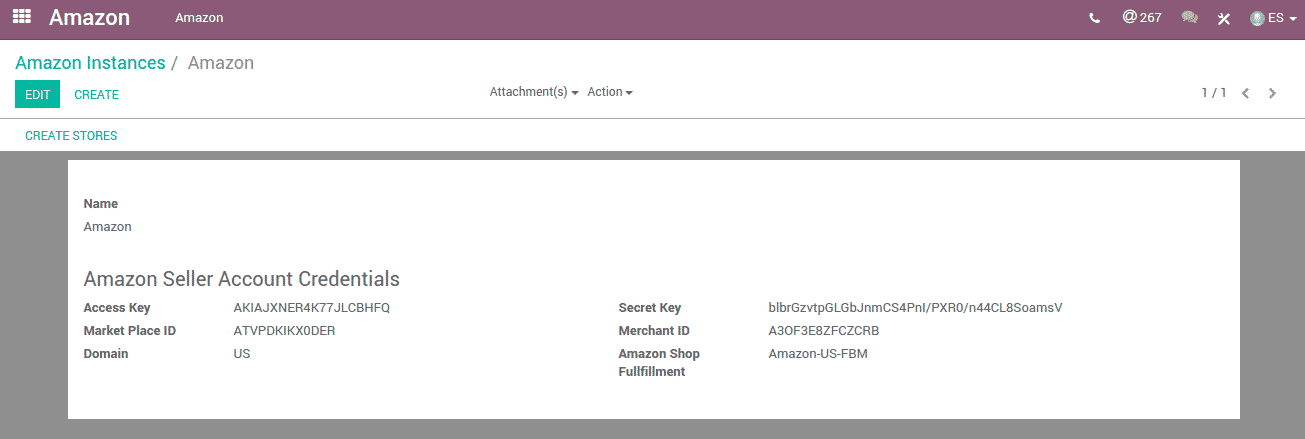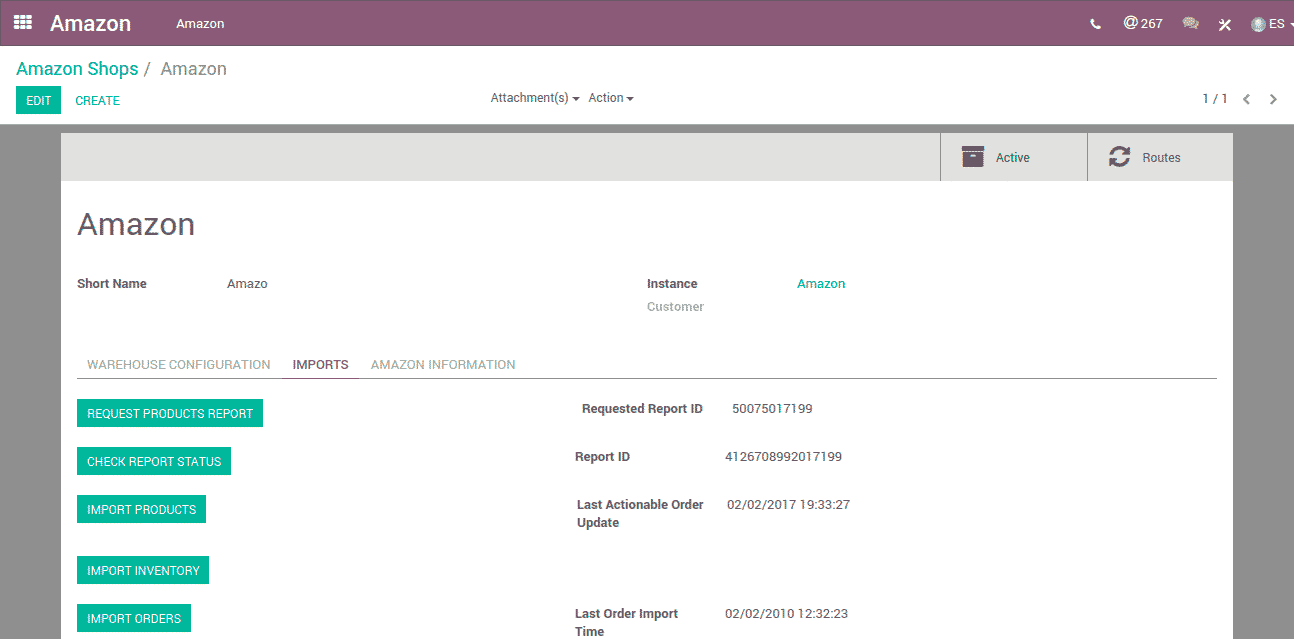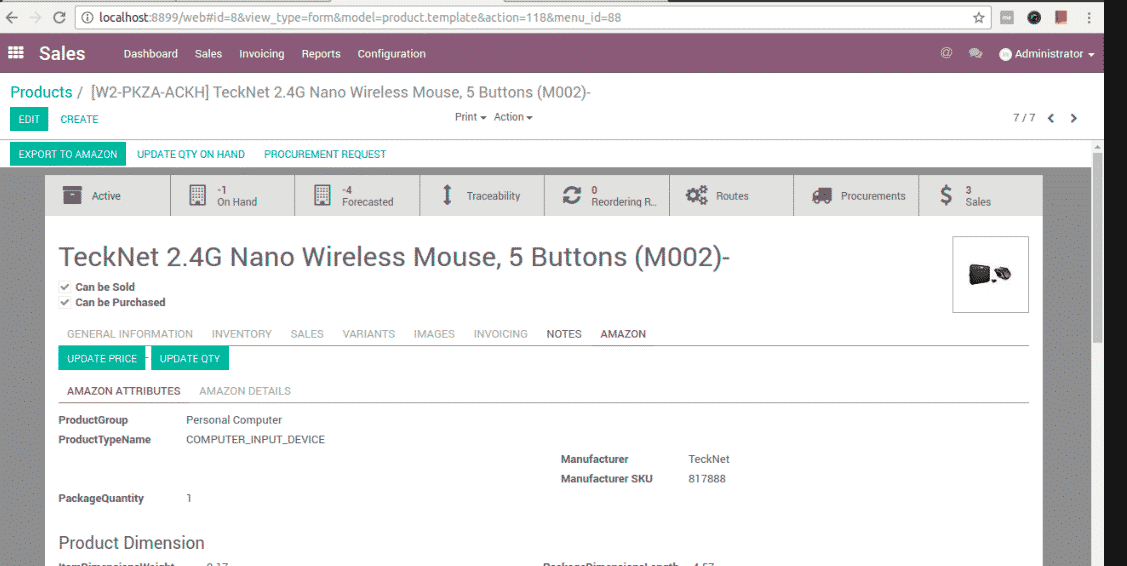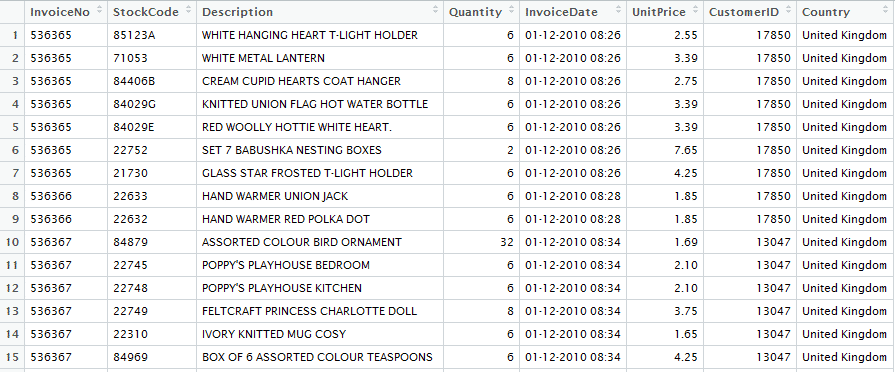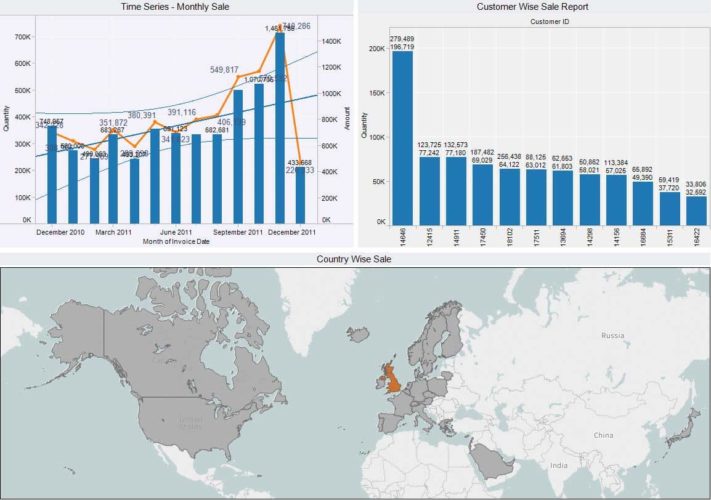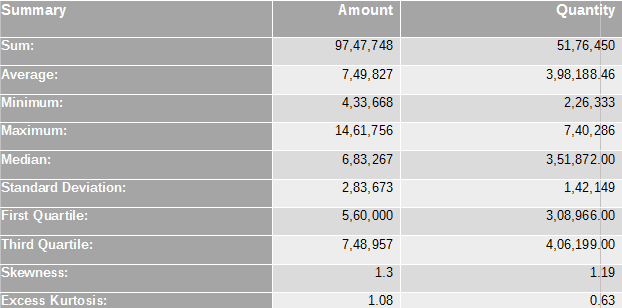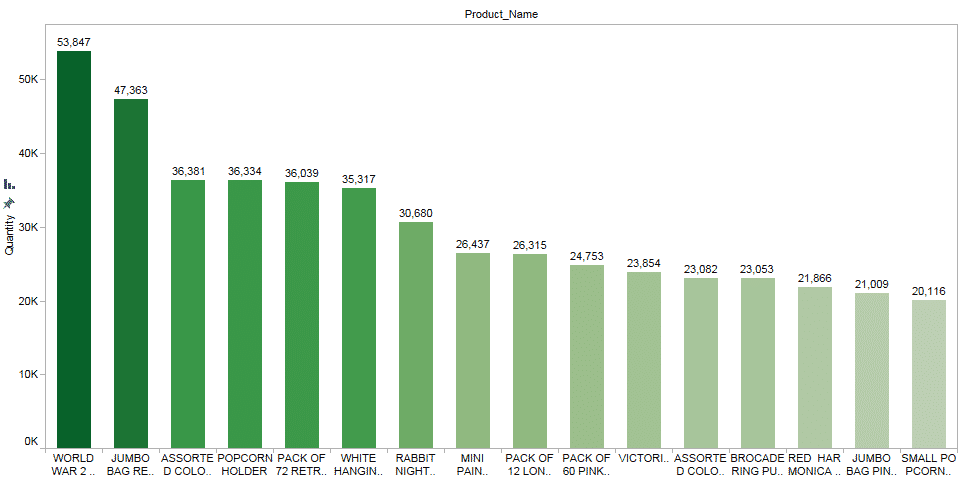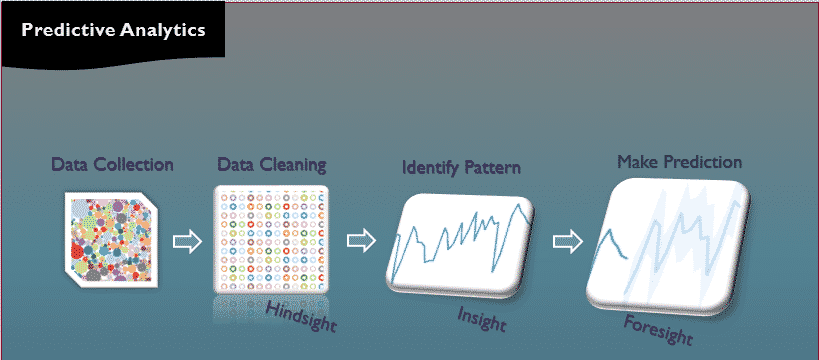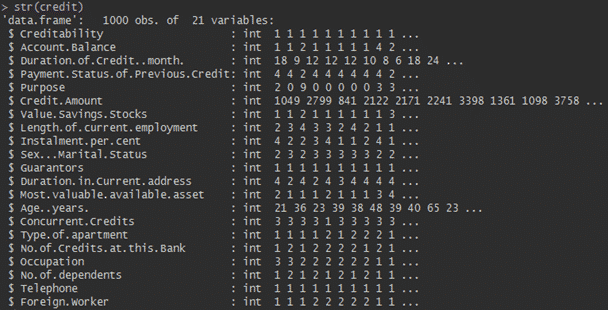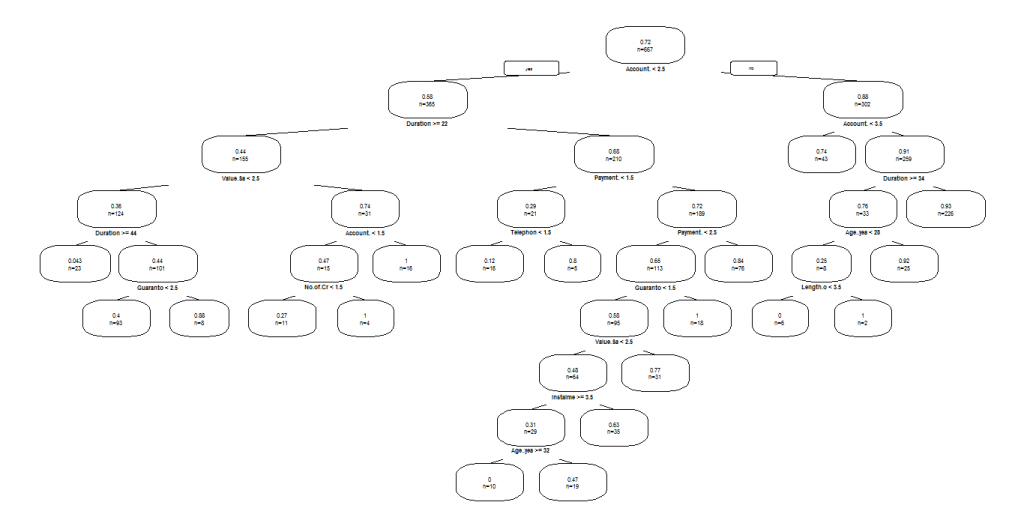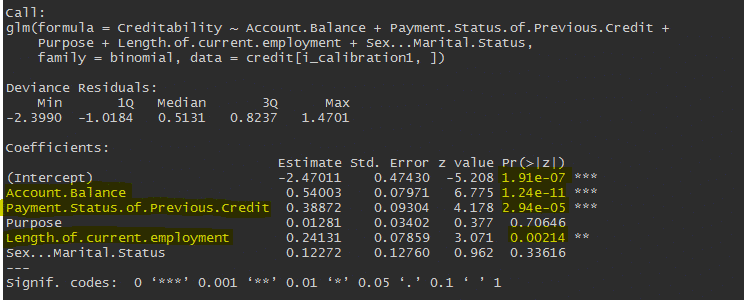5 Hidden Costs to Include If You Want Your ERP Budget to Be a Realistic One
Introduction:
While implementation of an ERP, apart from the visible cost for implementation as assistance, hardware, software, and training. There are certain hidden costs that are not predicted hence not quoted. To ensure smooth usage of the system it is generally advisable to have as much beforehand knowledge of the system as possible. Cost being one of the most crucial concerns in any engagement it extremely essential to ensure in the primitive stage that you do not miss any scope in the respect. The motive of this blog is to cover the important costs associated with any ERP implementation that should be considered in any ERP implementation but generally remain hidden.
Following are few such hidden costs:
- Employee time investment:
When you move to an ERP system it is essential to consider the time involved when your employee is invested in learning the system, developing new processes to ensure proper ERP Software Customization. This cost remains unquoted as the employees are already on payroll while the ERP customization is on but it cannot be ignored that while the employee is working on the ERP development related processes, their contribution to their roles and responsibilities are hampered and Employee being the engine in any organization it is essential to consider any cost associated with them and their time towards ERP implementation.
- Senior Role involvement:
Time Provided by Senior Executives should also be considered as their leadership plays a crucial role in ERP implementation. Senior Executives should also provide motivation to make sure implementation is on the right track.
- Maintenance:
The completion of ERP Implementation does not conclude the process. When users actually start using the system that is when they actually come to know the system better. Since it is a new system if they do face difficulties and need support to learn using the system. Getting acquainted with the system is essential for the employees as they are the one who actually has to use the system hence the cost incurred for support cannot be overlooked. Certain ERP software charge and an annual fee for maintenance and support, hence apart from the implementation it is essential for judge beforehand the cost associated with Software upgrades. A software upgrade may at times come up additional functionalities or change in the current functionality. It is must that the employees are updated with new development to make sure they make the most of the system.
- Coping up with changing needs:
The business process might also change in an organization over the period of time and accordingly, the ERP software might also need to be customized to accommodate the new processes. Hence it is very important to consider customization cost to make sure the chosen ERP won’t cost much if any customization needed in future.
- Support Charges:
Learning functionalities of an ERP system may take longer time than usual so it may be possible that your organization may want extended support. It is important to take additional support cost into an account.
This may not be the entire list for calculating additional cost for an ERP implementation but mentioned point are important if any organization wants to estimate the cost by considering various aspects for an ERP implementation.
If you have questions about finding the right ERP system for your business, or how to properly budget for it, please contact us at sales@bistasolutions.com. Our experts will be happy to talk with you.
For any queries or feedback, you can reach us at feedback@bistasolutions.com






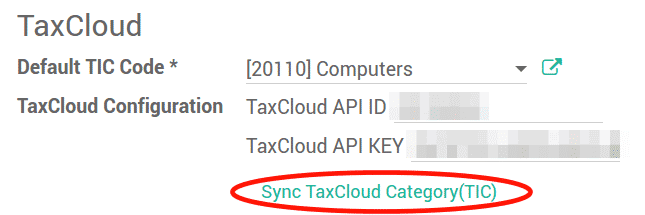
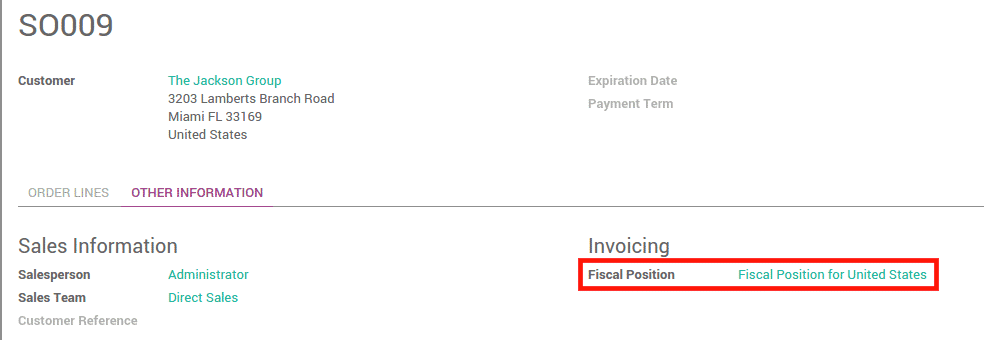
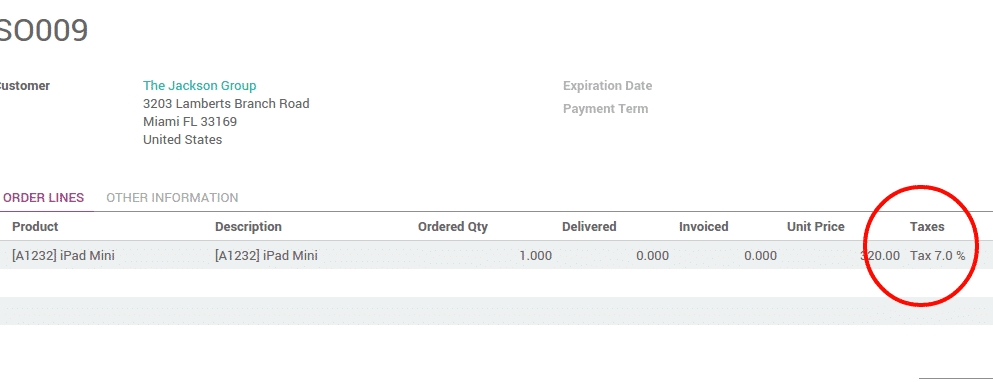
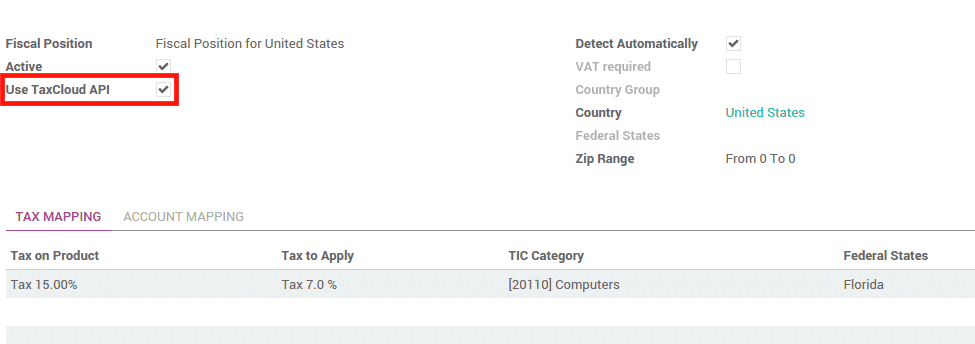

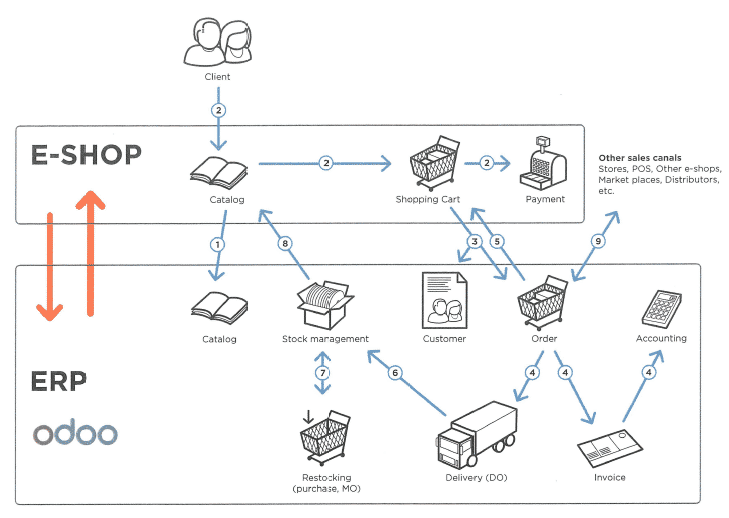 With the
With the 
